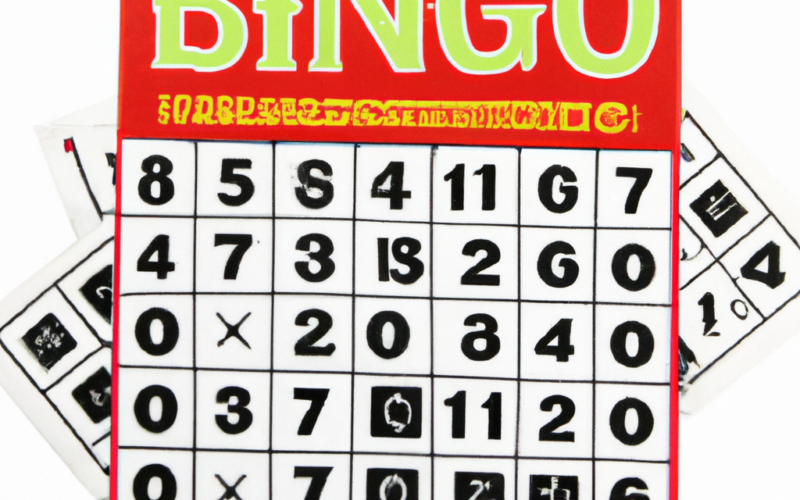In Bingo, free space is an important concept that helps to determine the order of cards. In a typical game, the player starts by drawing two cards from the deck. These cards are then placed face down in front of the player. The player then drAWS one card from the deck and sets it aside. This leaves the player with one card in their hand and one card on the table. This card is placed in front of the player, forming the first row of numbers. The player then drAWS another card from the deck and sets it aside. This leaves them with two cards in their hand and two cards on the table.
The second row of numbers is formed by adding together the values of the two set cards. The third row of numbers is formed by adding together the values of the two drawn cards. So, in this example, if the first set card had a value of 2 and the drawn card had a value of 1, then the second set card would have a value of 3 (2+1=3). The fourth row of numbers is formed by adding together the values of all three set cards (2+2+1=6). The fifth row of numbers is formed by adding together all three drawn cards (1+2+3=6). And so on until all thirteen rows have been filled in. In this way, each number in a given row counts as one point towards winning that particular game.
One important thing to note about free space is that it doesn’t always work in reverse. For example, if there are no sets left in your hand, then you would add together all three drawn cards to form your fourth row (1+2+3=6). This would be considered as “adding a set” and would allow you to continue playing again with your new four-card hand.
However, if you only have two set cards left in your hand, then you would only be able to add those two sets together to form your fourth row (2+1=3), which wouldn’t count as an “addition” and you would lose that game. So free space can be helpful for telling you when to keep playing or when to stop playing based on what’s left in your hand.






